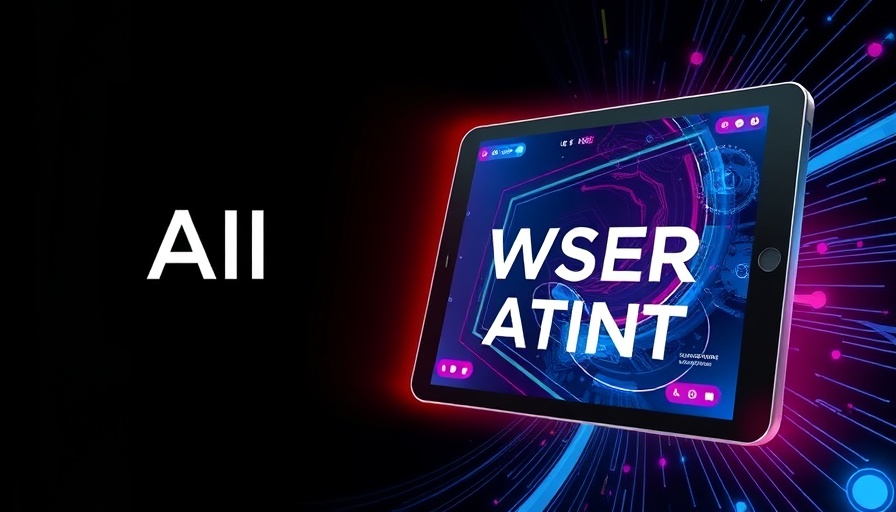
Unleashing the Power of Automated AI Browsing
In a world where technology evolves rapidly, the introduction of open-source frameworks like Stage Hand represents a pivotal moment in browser automation. Stage Hand has emerged as a game-changer, offering the ability to automate complex web interactions at a fraction of the cost of traditional tools. Imagine this: while you sleep, an AI agent can fill out job applications, upload resumes, and navigate complex job portals with ease—costing only around 10 cents an hour!
In Stagehand V2: FULLY FREE Browser Use AI Agent! Automate ANYTHING! (Opensource), the discussion dives into the innovative capabilities of Stage Hand, exploring key insights that sparked deeper analysis on our end.
How Stage Hand Stands Out Among Alternatives
Traditional browser automation tools such as Playwright, Puppeteer, and Selenium have long been the go-to solutions for developers. However, they often come with their own limitations, particularly in usability and integration with AI models. Stage Hand addresses these shortcomings with customizable, resilient frameworks that embrace modern AI capabilities, allowing for natural language commands that simplify the automation process.
Easy Setup for Everyone
Whether you are a seasoned developer or someone just diving into the tech world, Stage Hand’s installation process is designed to be user-friendly. With integrations available via platforms like Klein or Cursor, getting started is straightforward. By simply following the quick start guide and fulfilling a few prerequisites—such as having Node.js and an API key—you can dive into browser automation swiftly.
Unlocking AI's Potential for Everyday Tasks
The versatility of Stage Hand is apparent in its ability to execute complex workflows typical in modern business settings. From scraping data for market research to automating repetitive tasks such as filling forms, its capabilities extend far beyond simple browsing. For entrepreneurs and developers looking to improve operational efficiency, tools like Stage Hand become essential assets—helping to personalize customer experiences and streamline backend processes, ultimately enhancing business outcomes.
Future Prospects of AI Automation
As we look to the future, the implications of AI-powered automation on industries from healthcare to finance are profound. With tools like Stage Hand paving the way, the boundaries of what we can automate are continually expanding. This not only raises questions about the ethical use of such technologies but also how we can leverage them responsibly to improve our daily lives. The future of AI automation isn't just about efficiency; it's also about enhancing human capabilities and driving innovation.
 Add Row
Add Row  Add
Add 




Write A Comment